Table of Contents
Introduction to Peppers in Chinese Cuisine
When searching for "pepper in Chinese," people typically want to understand how peppers are used in Chinese cooking, what they're called in Chinese, and which varieties are most common in Chinese cuisine. This article provides clear, accurate information about Chinese peppers, their names in Chinese, and how they're used in traditional dishes.
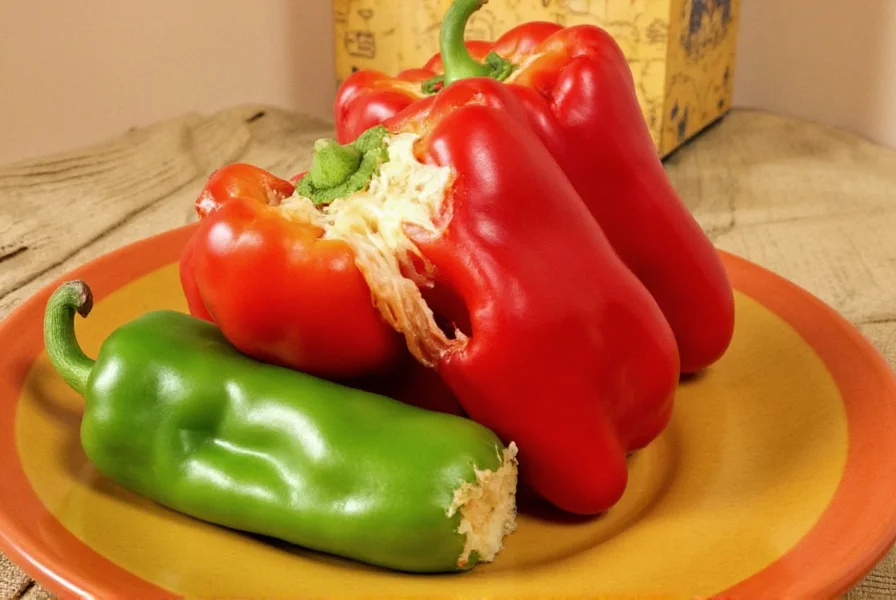
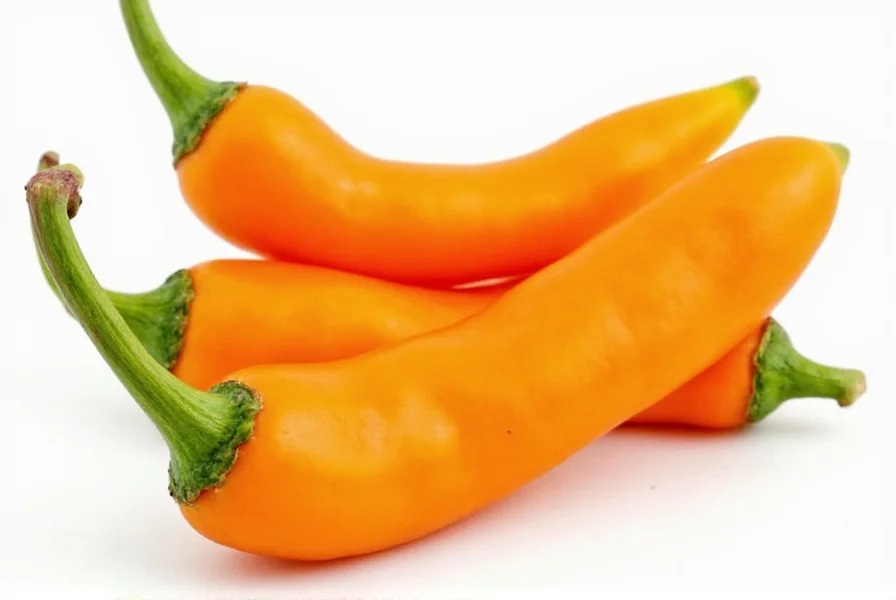
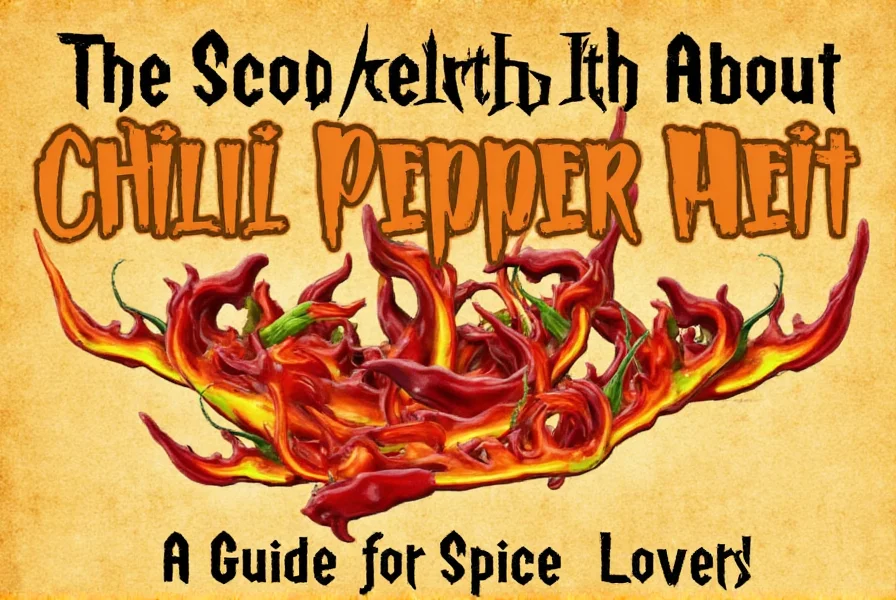
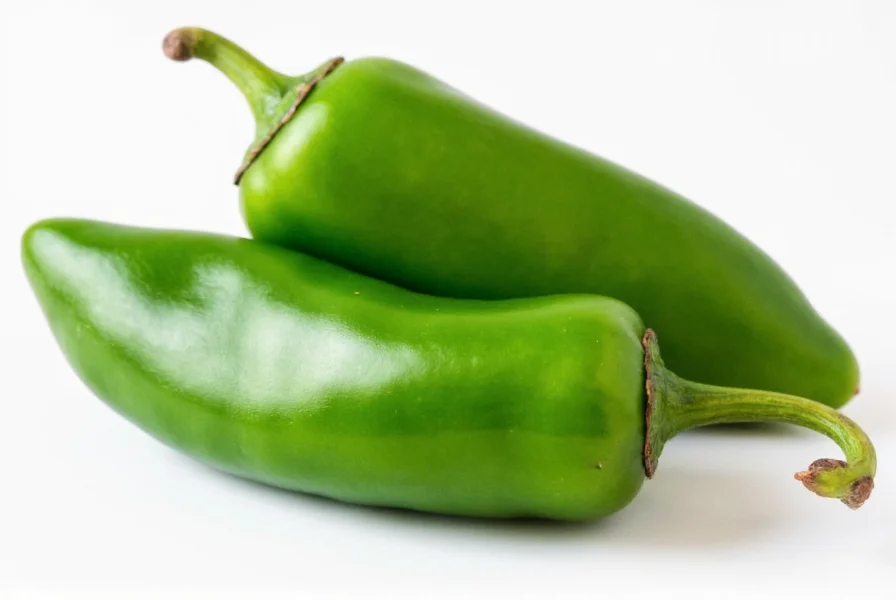
Contrary to common misconceptions, "pepper" in Chinese context primarily refers to chili peppers (辣椒), not bell peppers or black pepper. This article will clarify the terminology, explain the most commonly used varieties in Chinese cuisine, and provide practical cooking tips for using them effectively.
Types of Peppers and Their Uses in Chinese Cooking
Chinese cuisine features several distinctive pepper varieties that differ significantly from Western types. Here's a detailed overview of the most common peppers used in Chinese cooking:
| Pepper Type | Chinese Name | Heat Level | Flavor Profile | Common Uses in Chinese Cuisine |
|---|---|---|---|---|
| Dried Red Chili Peppers | 干辣椒 (gān làjiāo) | Moderate to High | Smoky, slightly sweet | Stir-fries, Sichuan hot pot, braised dishes |
| Chinese Bird's Eye Chili | 小米辣 (xiǎo mǐ là) | Very Hot | Intense heat with fruity notes | Southern Chinese dishes, fresh salsas, dipping sauces |
| Sichuan Peppercorns | 花椒 (huājiāo) | Numbing sensation (not heat) | Citrusy, tingling, floral | Mapo tofu, hot pot, Sichuan-style dishes |
| Long Green Chinese Chili | 青椒 (qīngjiāo) | Mild to Moderate | Crunchy, fresh, slightly sweet | Cantonese stir-fries, steamed dishes, egg dishes |
| Dried Sichuan Chili | 干花椒 (gān huājiāo) | Numbing sensation (not heat) | Strong citrus aroma, floral | Spice blends, dry-fried dishes, seasoning |
These peppers are used differently than Western varieties. For example, Sichuan peppercorns (花椒) create a unique "málà" (numbing-spicy) sensation rather than heat, and dried red chilies are often fried in oil first to release their flavor before adding other ingredients.
Practical Tips for Cooking with Chinese Peppers
Using Chinese peppers effectively requires understanding their unique characteristics and traditional preparation methods:
- Proper Storage: Store dried chilies in airtight containers away from light to preserve flavor. Sichuan peppercorns should be stored in cool, dark places to maintain their aromatic qualities.
- Preparation Techniques: For dried red chilies, lightly toast them in a dry pan before use to enhance flavor. For fresh chilies, remove seeds and membranes to reduce heat intensity.
- Heat Control: To reduce heat from Chinese peppers, soak dried chilies in hot water before use. For fresh chilies, remove seeds and white membranes where capsaicin is concentrated.
- Balancing Flavors: When using Sichuan peppercorns, toast and grind them properly to control their numbing effect. Adding vinegar, sugar, or dairy products can help balance excessive heat in finished dishes.
- Regional Variations: In Sichuan cuisine, dried chilies are often fried in oil to release flavor before adding other ingredients. In Cantonese cuisine, fresh peppers are used more sparingly as flavor accents rather than for heat.
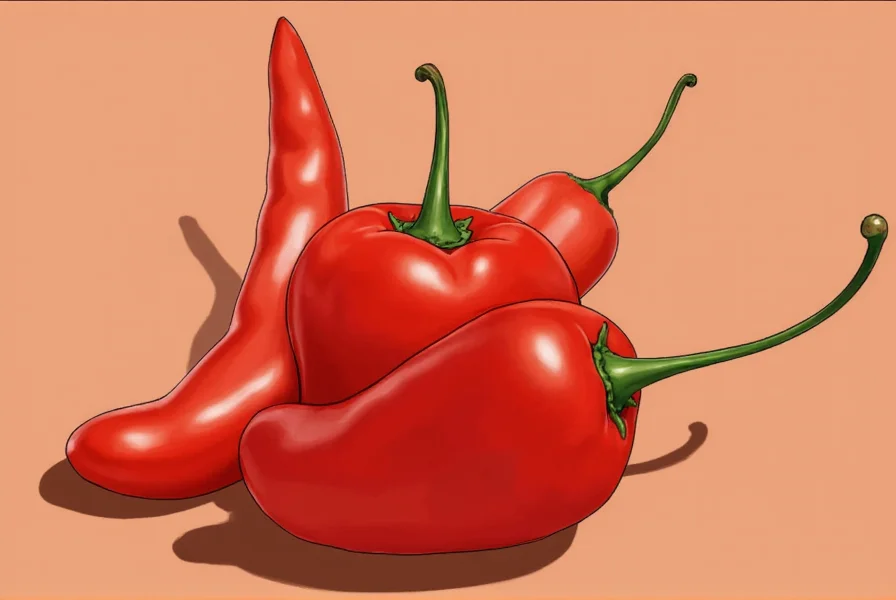
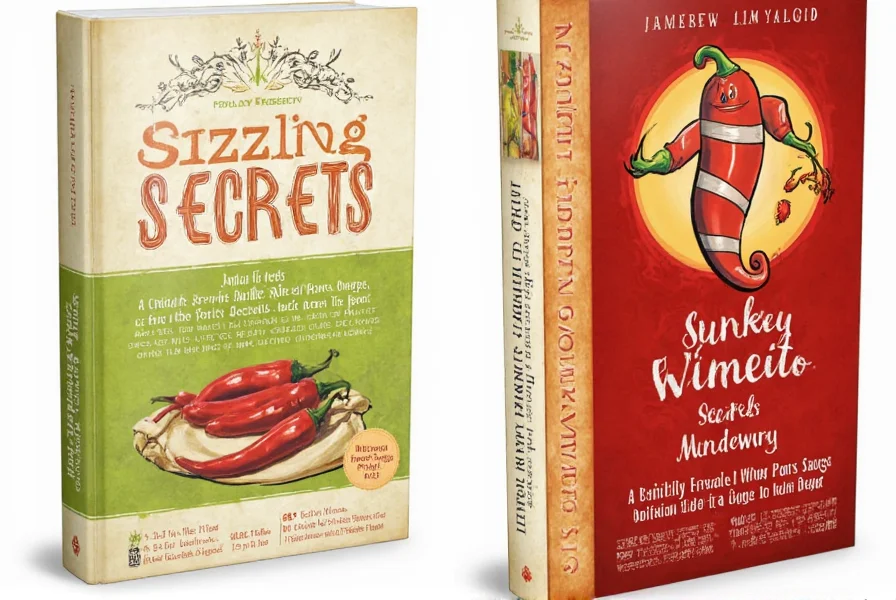
The Ultimate Buying Guide for Chinese Peppers
When purchasing Chinese peppers, look for these quality indicators:
1. Dried Red Chili Peppers
Features: Deep red color, flexible (not brittle), with a smoky aroma.
Where to Buy: Asian grocery stores, especially Chinese specialty markets, or reputable online retailers specializing in Chinese ingredients.
How to Use: Essential for Sichuan and Hunan cuisine. Used whole in stir-fries or ground for spice blends.
2. Sichuan Peppercorns
Features: Reddish-brown color, strong citrusy aroma, should feel slightly oily when rubbed between fingers.
Where to Buy: Chinese grocery stores, specialty spice shops, or online retailers.
How to Use: Toast lightly before grinding for maximum flavor. Essential for "málà" (numbing-spicy) dishes like mapo tofu.
3. Chinese Bird's Eye Chilies
Features: Small, bright red, firm texture with no soft spots.
Where to Buy: Asian markets with fresh produce sections, especially those serving Southern Chinese communities.
How to Use: Often used fresh in dipping sauces or stir-fried with garlic for southern Chinese dishes.
4. Long Green Chinese Chilies
Features: Firm, smooth skin, vibrant green color without yellowing or soft spots.
Where to Buy: Asian grocery stores with fresh produce sections, especially those specializing in Cantonese ingredients.
How to Use: Common in Cantonese stir-fries, steamed dishes, and egg dishes. Often used whole or sliced.
When buying Chinese peppers, always check for freshness indicators specific to each variety. Dried chilies should be flexible, not brittle. Fresh chilies should be firm with smooth skin. Sichuan peppercorns should have a strong citrus aroma.
Frequently Asked Questions About Chinese Peppers
What is pepper called in Chinese?
In Chinese, "pepper" typically refers to chili peppers and is called 辣椒 (làjiāo), which literally translates to "spicy fruit." For bell peppers, Chinese uses 青椒 (qīngjiāo) for green bell peppers or 甜椒 (tiánjiāo) for sweet peppers. Sichuan peppercorns are called 花椒 (huājiāo), which are not actually peppers but create a distinctive numbing sensation.
What are the most common peppers used in Chinese cooking?
The most common peppers in Chinese cuisine include dried red chili peppers (干辣椒), Chinese bird's eye chilies (小米辣), and Sichuan peppercorns (花椒). Dried red chilies are essential in Sichuan and Hunan cuisines, while fresh long green chilies (青椒) are more common in Cantonese dishes. Sichuan peppercorns, though not technically peppers, are crucial for the signature "málà" (numbing-spicy) flavor profile.
How do Chinese peppers differ from Western varieties?
Chinese peppers often have different flavor profiles compared to Western varieties. Chinese dried red chilies tend to have a smokier, slightly sweet flavor with moderate to high heat. Chinese bird's eye chilies are similar to Thai varieties but may have subtle flavor differences. The most distinctive difference is the use of Sichuan peppercorns, which create a tingling sensation rather than heat. Many Chinese pepper varieties are specifically cultivated for use in traditional cooking methods like stir-frying and dry-pot cooking.
How can I reduce the heat of Chinese peppers in my cooking?
To reduce heat from Chinese peppers, remove the seeds and white membranes where capsaicin is concentrated. For dried chilies, you can soak them in hot water first to mellow the heat. When using Sichuan peppercorns, toasting and grinding them properly controls their numbing effect. Adding vinegar, sugar, or dairy products can also help balance excessive heat in finished dishes.
Where can I buy authentic Chinese peppers?
Authentic Chinese peppers can be found at Asian grocery stores, especially those specializing in Chinese products. Dried red chilies and Sichuan peppercorns are widely available in these stores. For fresh Chinese pepper varieties, look for stores with robust produce sections. Many online retailers also specialize in authentic Chinese ingredients. When buying, look for dried chilies that are deep red with some flexibility (not brittle), and Sichuan peppercorns that are reddish-brown with a strong citrusy aroma.
Are Chinese peppers healthier than other varieties?
All chili peppers contain beneficial compounds like capsaicin and vitamin C, but Chinese peppers have some unique properties. Sichuan peppercorns contain hydroxy-alpha-sanshool, which creates the distinctive numbing sensation and may have different health benefits than capsaicin. Traditional Chinese medicine values certain peppers for their warming properties and digestive benefits. Like all peppers, Chinese varieties are low in calories and high in antioxidants when consumed as part of a balanced diet.
Conclusion
Understanding Chinese peppers is essential for anyone interested in authentic Chinese cuisine. The key differences from Western peppers include the unique "málà" sensation from Sichuan peppercorns, the specific preparation methods for dried chilies, and the regional variations in usage across Chinese cooking traditions. Whether you're making mapo tofu, hot pot, or simple stir-fries, knowing which peppers to use and how to prepare them properly will elevate your dishes to authentic Chinese standards.
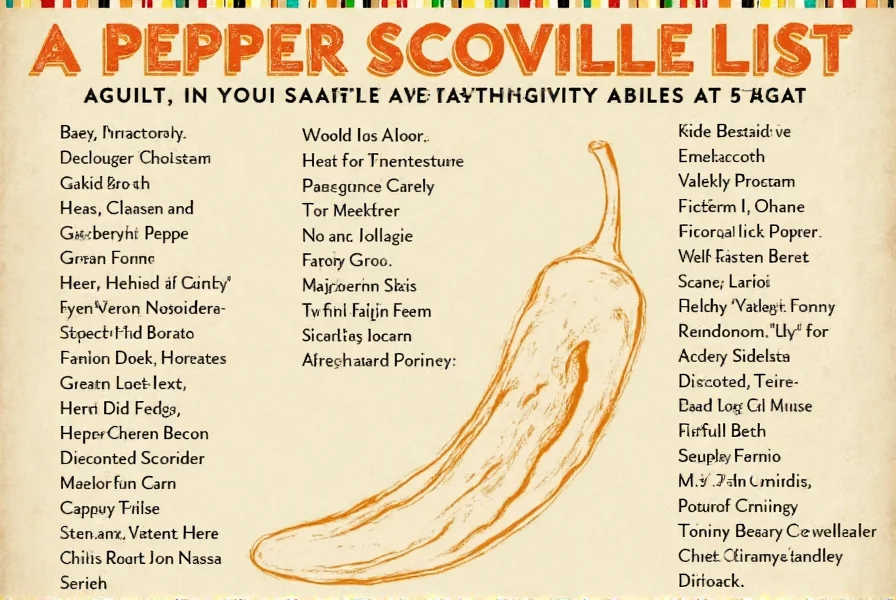










 浙公网安备
33010002000092号
浙公网安备
33010002000092号 浙B2-20120091-4
浙B2-20120091-4